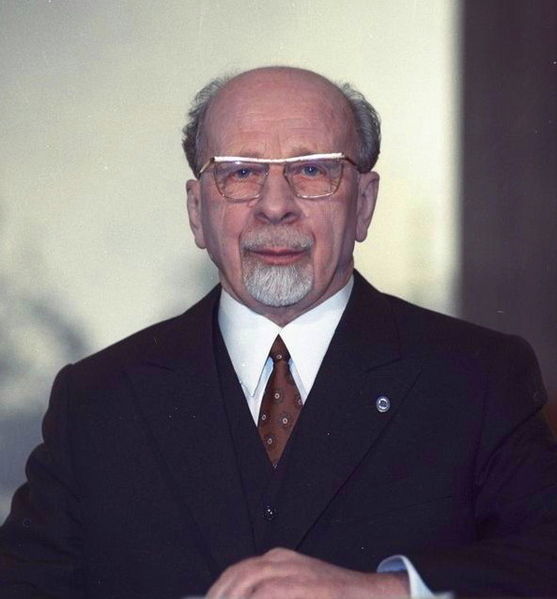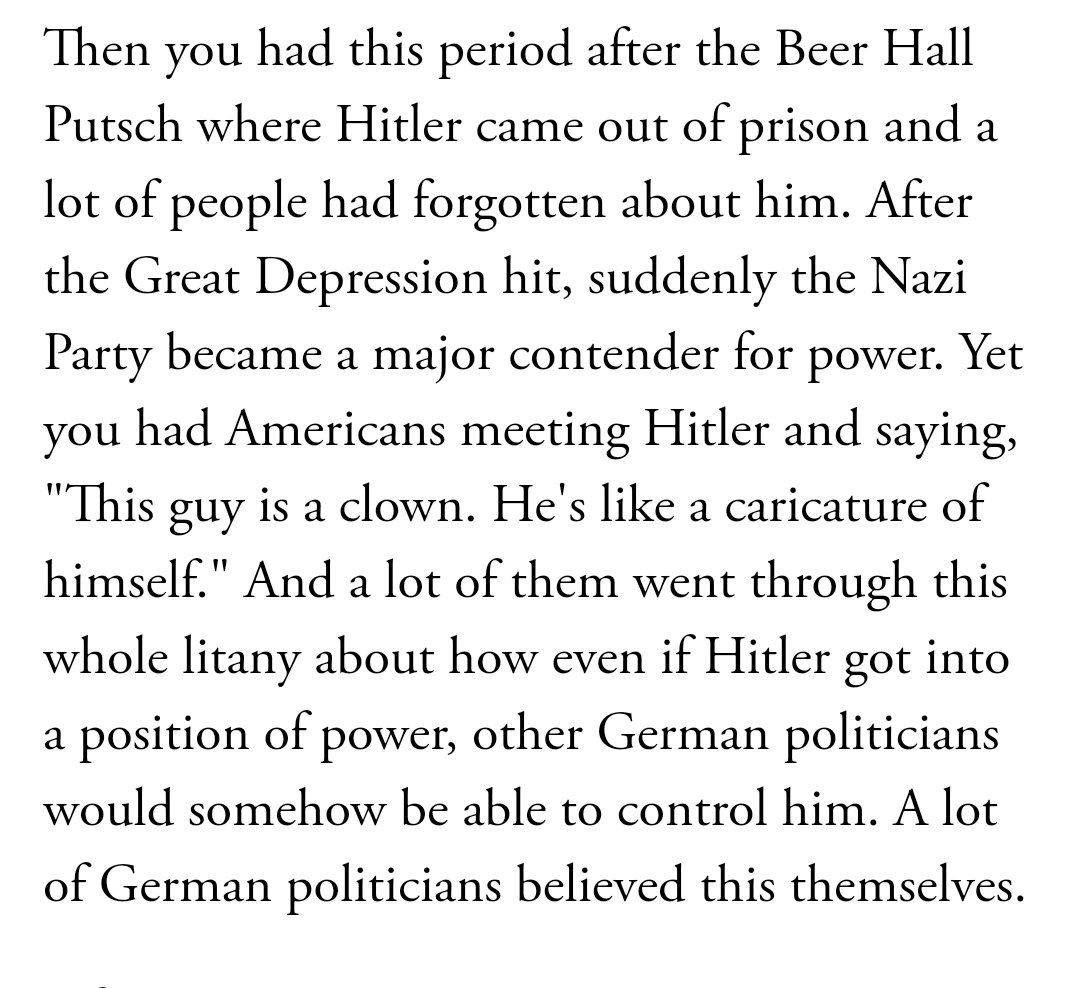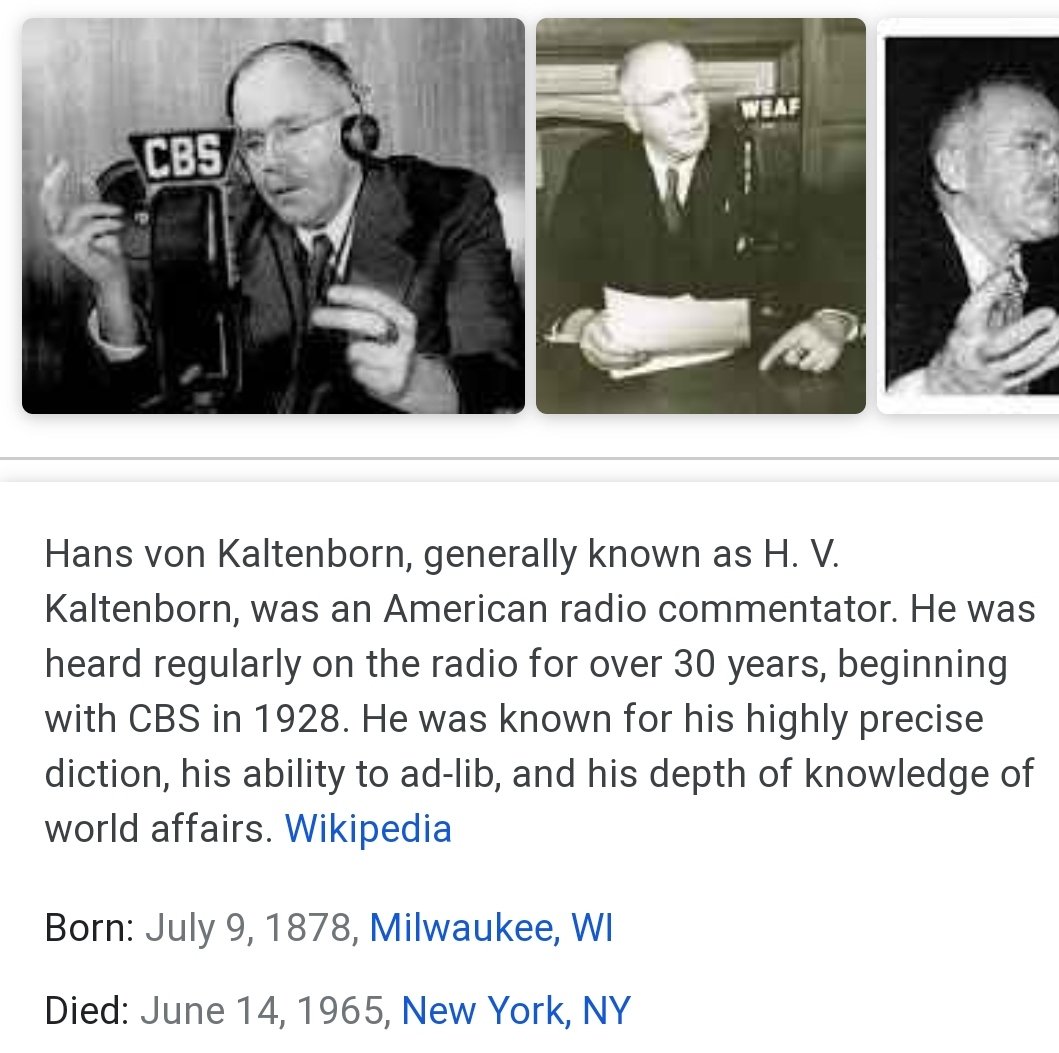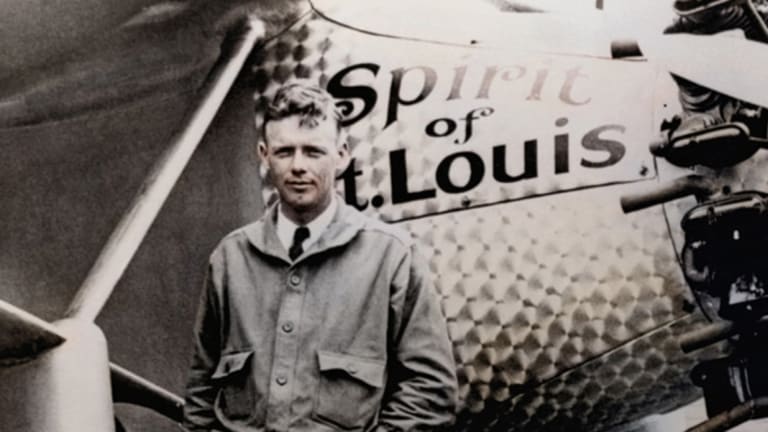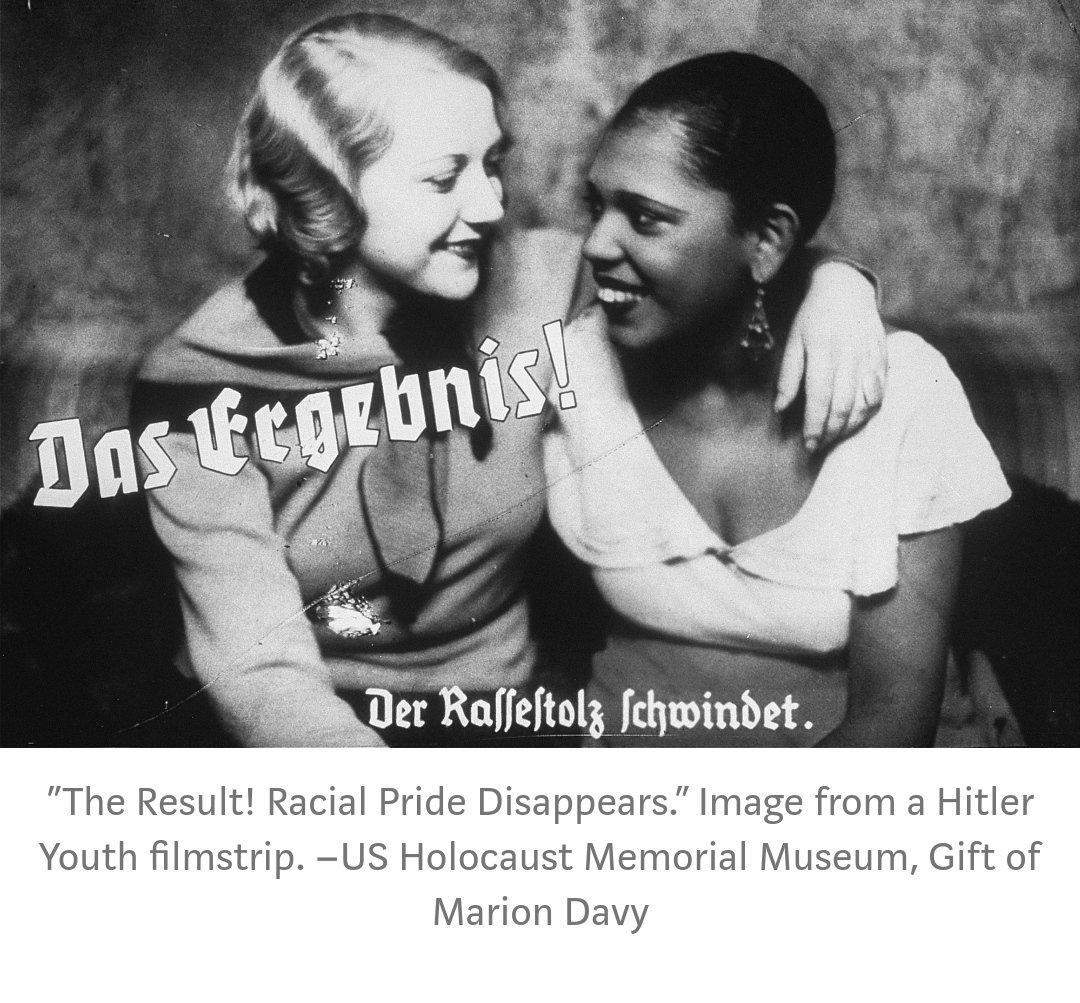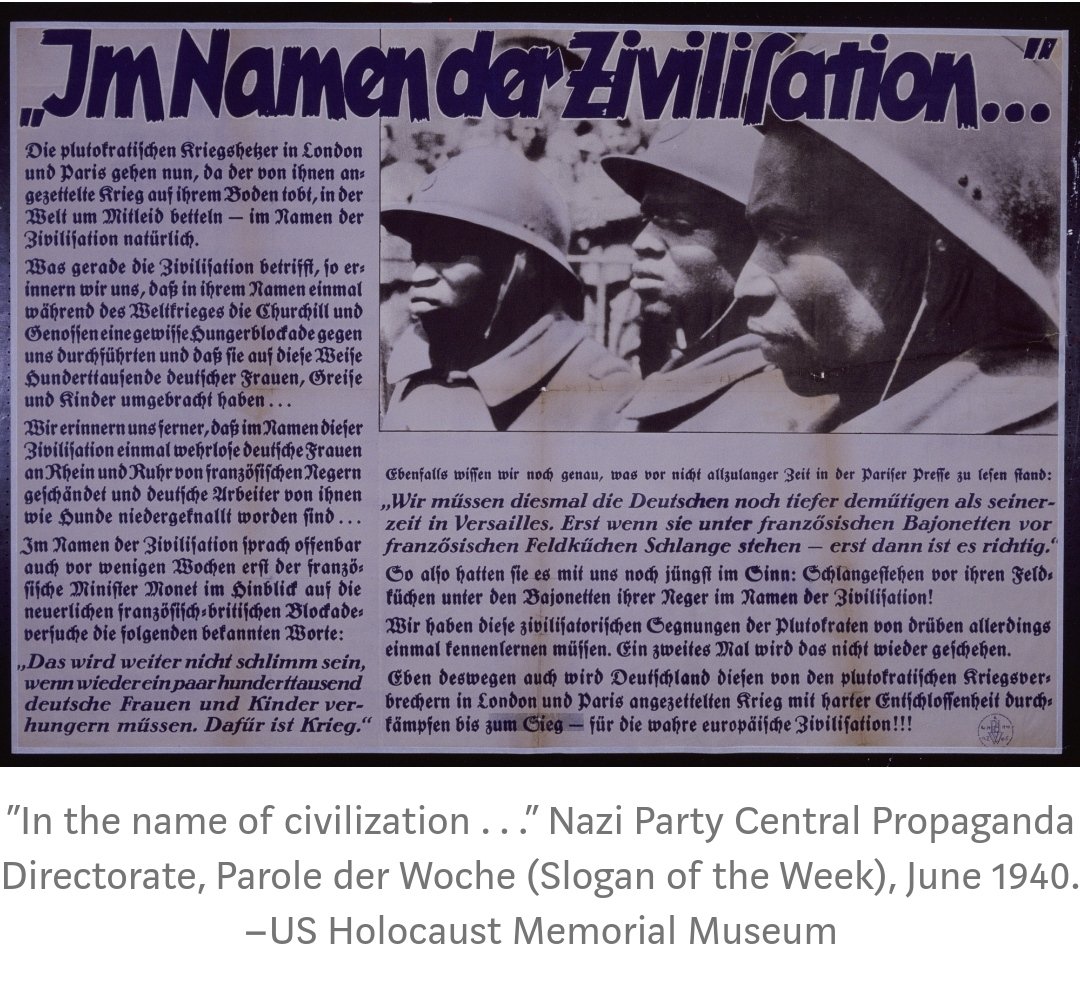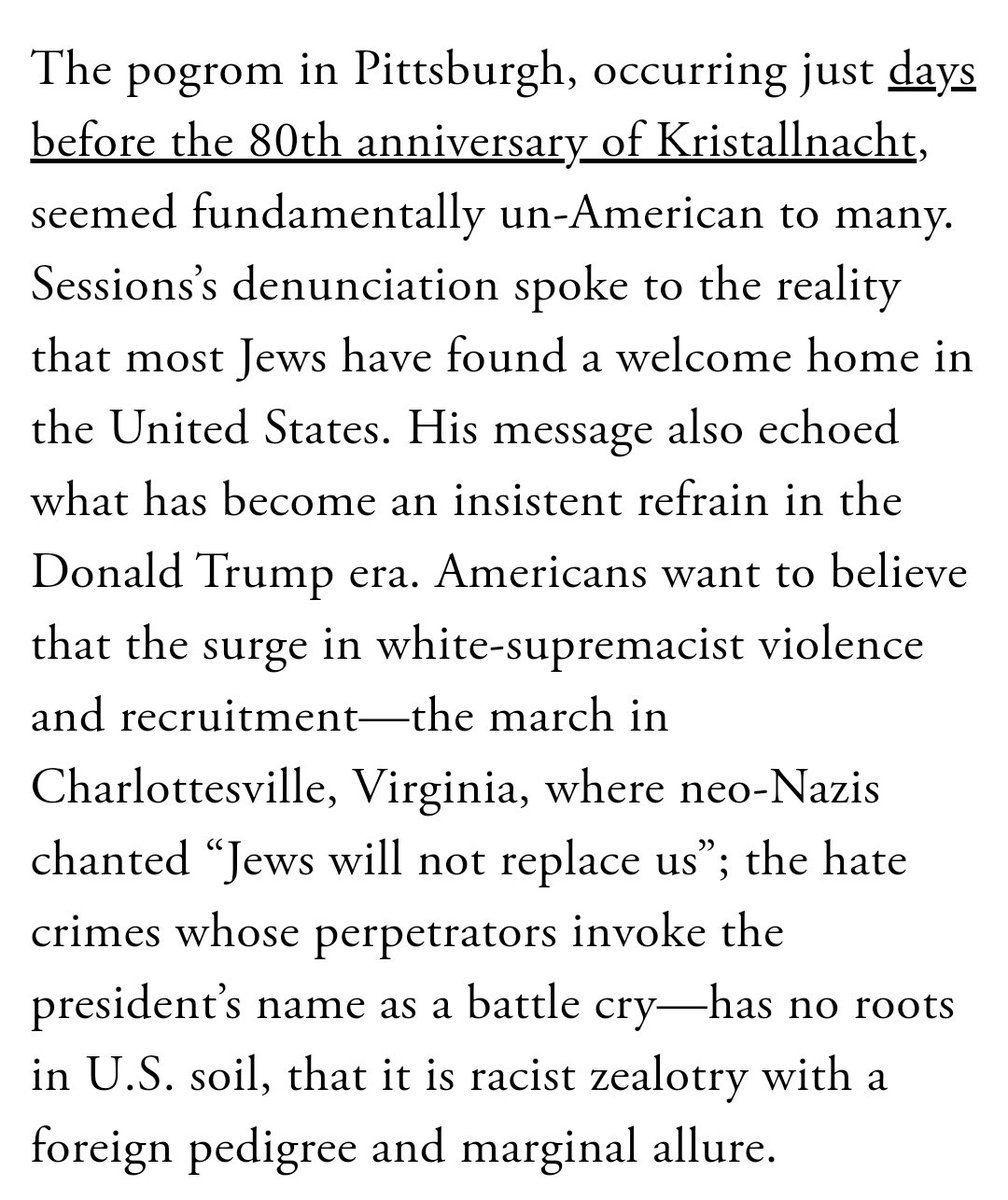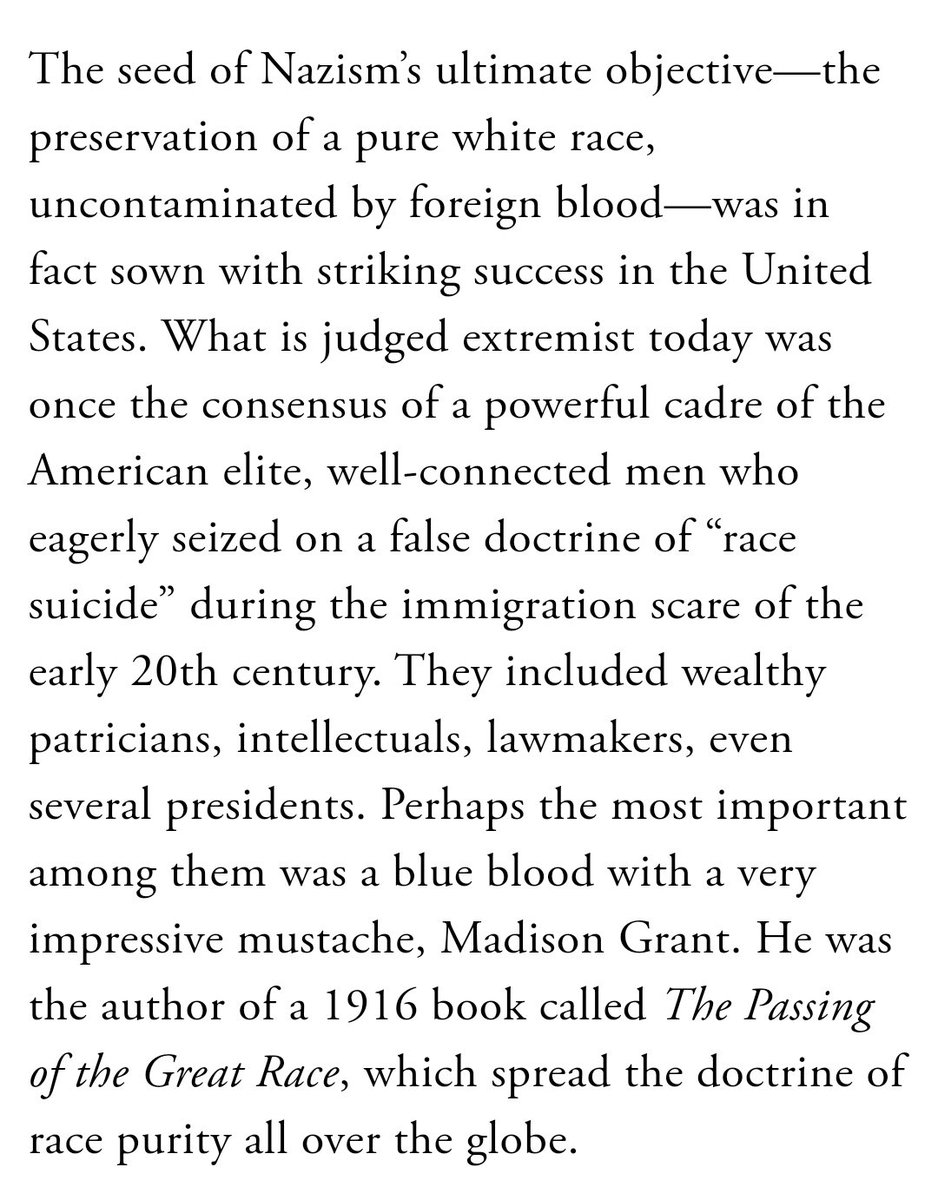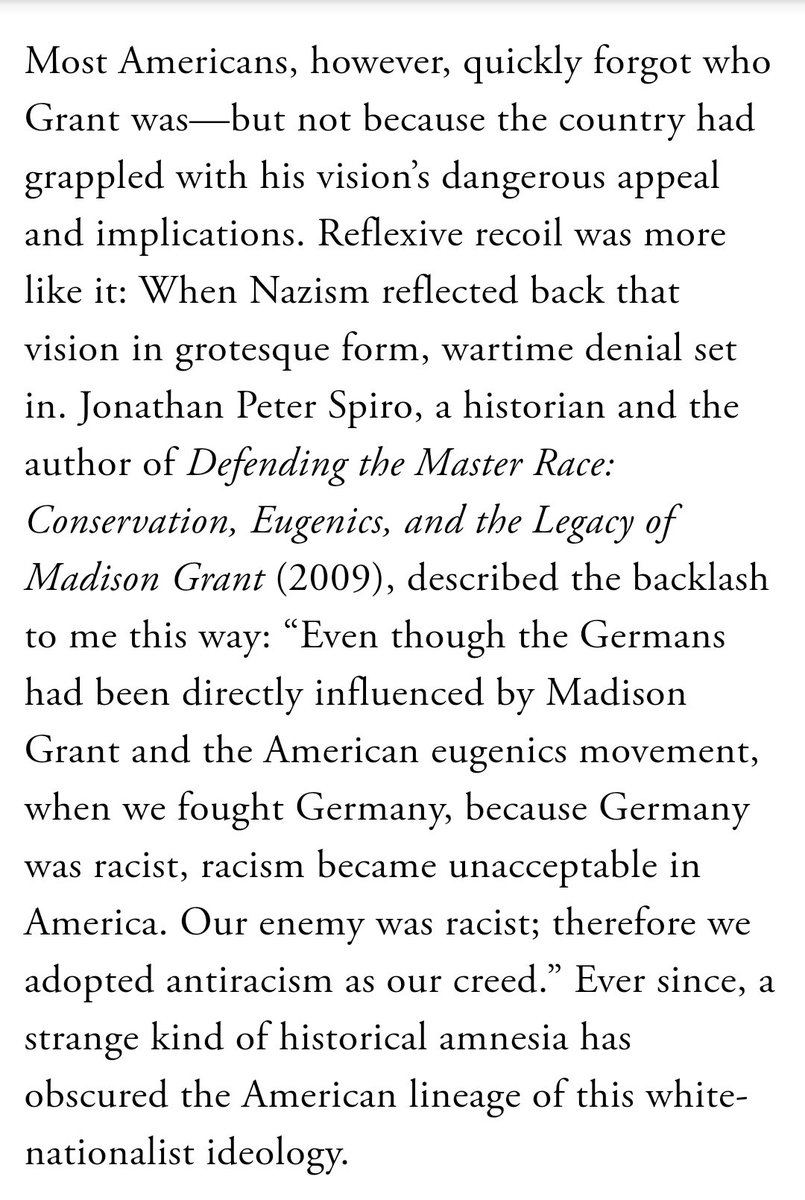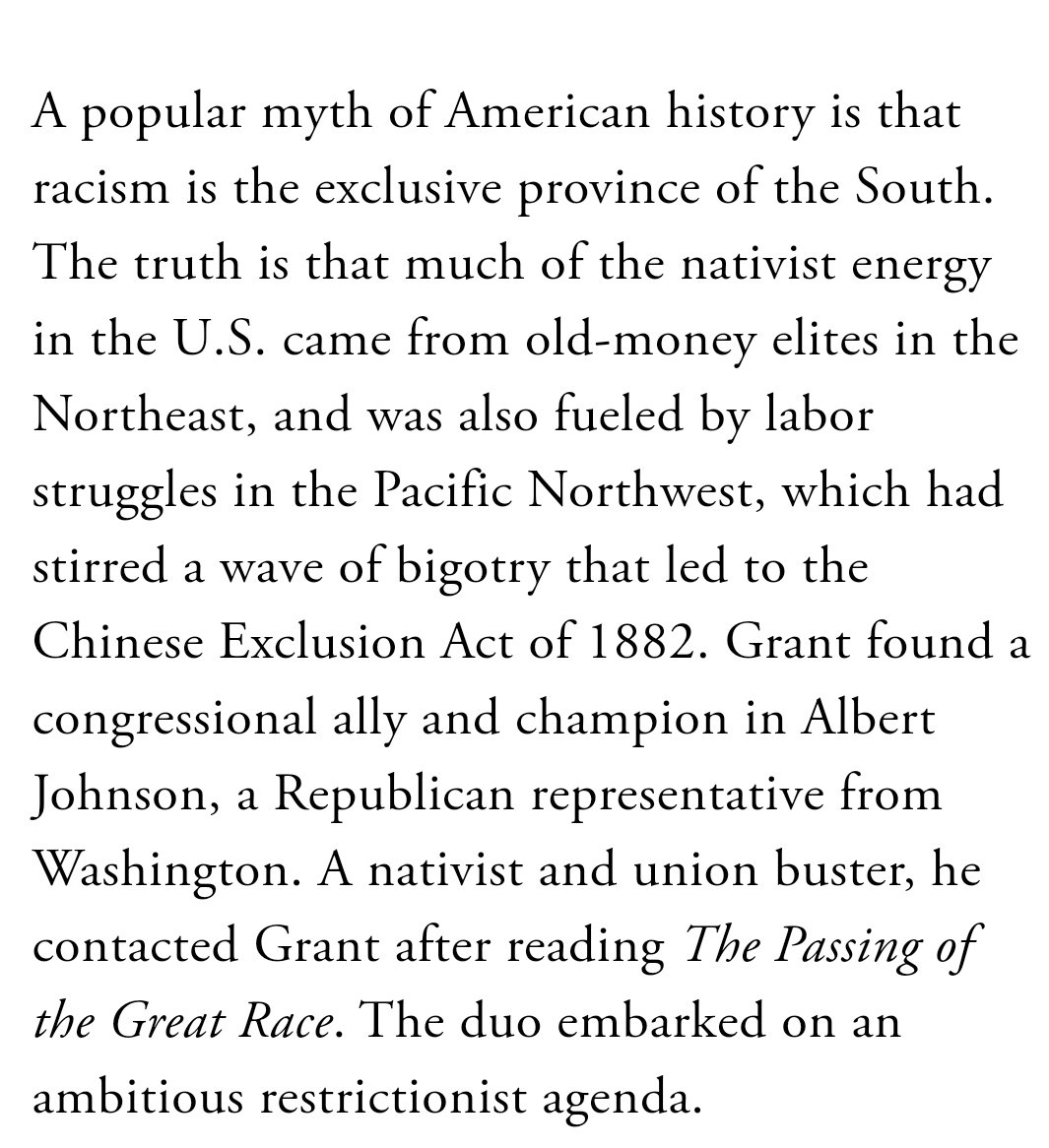In the mid-1920s, Joseph Goebbels was given the difficult task of fostering support for the growing Nazi Party in Berlin, "the reddest city in Europe besides Moscow." https://www.spiegel.de/international/germany/how-the-nazis-succeeded-in-taking-power-in-red-berlin-a-866793.html
Goebbels turned Berlin into a violent laboratory for the future dictatorship, availing himself of the services of the uniformed Sturmabteilung ("Assault Division"), or SA, whose members were known as the "brownshirts."
Goebbels viewed the Jews as simultaneously embodying capitalism, communism, the press and the police.
His simplistic slogan "The Jews are to blame!" proved to be a slow-acting poison.
His simplistic slogan "The Jews are to blame!" proved to be a slow-acting poison.
The Nazis could be accused of many things, but certainly not of being dull.
Street battles and brawls at political meetings forged a sense of unity and camaraderie among party members in Berlin.
Street battles and brawls at political meetings forged a sense of unity and camaraderie among party members in Berlin.
The bigger challenge for the Nazis was the Communist Party of Germany (KPD), headed in Berlin by Walter Ulbricht, who would go on to become the de facto leader of post-war East Germany.
In Der Angriff, Goebbels wrote that the KPD, as a "Russian foreign legion on German soil" created "with Russian money and German human resources," was alienating many members of the proletariat.
Workers who had lived in the Soviet Union were popular guests at Nazi agitation evenings.
They gave vivid accounts of the miserable lives of workers and the reign of terror of the secret police.
They gave vivid accounts of the miserable lives of workers and the reign of terror of the secret police.
Unemployment skyrocketed from 1.2 million in June 1929 to 6 million in January 1932.
Production dropped 41.4 percent from 1929 to the end of 1931, resulting in greatly increased poverty, suffering and desperation for the masses.
Production dropped 41.4 percent from 1929 to the end of 1931, resulting in greatly increased poverty, suffering and desperation for the masses.
People quickly lost hope in bourgeois democracy and the capitalist system’s ability to improve their situation.
The Nazis deployed propaganda against “money-grubbing financial capital” and the parliamentary system, in addition to Jews and Marxists.
The Nazis deployed propaganda against “money-grubbing financial capital” and the parliamentary system, in addition to Jews and Marxists.
The captains of German industry and finance feared a social revolution in the country, and hoped to use the Nazis to smash the labor movement.
They were also interested in starting a war to avenge the dishonor of Versailles — and to increase their profits.
They were also interested in starting a war to avenge the dishonor of Versailles — and to increase their profits.
While currying the favor of the German ruling class behind closed doors, the Nazis employed an economic populist and ultra-nationalist rhetoric to build their mass base.
They were able to take advantage of and build upon the nationalism proffered by conservative politicians.
They were able to take advantage of and build upon the nationalism proffered by conservative politicians.
The SPD had allied with the old economic and military elites of imperial Germany to defeat the revolutionary upsurge.
Because of this historic compromise, the Weimar Republic found itself burdened with a layer of broad opposition to the republican reforms.
Because of this historic compromise, the Weimar Republic found itself burdened with a layer of broad opposition to the republican reforms.
The Communist Party emerged out of the radical left wing of the SPD.
Concomitant with the degeneration of the Russian Revolution, Stalinization of the KPD began under the leadership of Ernst Thälmann.
Concomitant with the degeneration of the Russian Revolution, Stalinization of the KPD began under the leadership of Ernst Thälmann.
The primary enemy of the Communists was supposedly the Social Democrats, who protected capitalism from a workers’ revolution by deceiving the class with pseudo-socialist rhetoric.
Another fatal consequence of the KPD’s ultra-leftism was that the term “fascism” was used irresponsibly to describe any and all opponents to the right of the party.
Hundreds of Communists fought in the civil-war-like street battles that became a common sight in Germany from 1929 to 1933, costing the lives of a hundred Nazis and even more KPD members.
For chancellor Angela Merkel, the lesson of Weimar is that “every generation must once again struggle for democracy”.
With populist leaders on the rise around the world, her remark was no empty turn of phrase. https://www.irishtimes.com/news/world/europe/germany-seeks-to-reclaim-weimar-republic-from-fascism-that-followed-1.3983235
With populist leaders on the rise around the world, her remark was no empty turn of phrase. https://www.irishtimes.com/news/world/europe/germany-seeks-to-reclaim-weimar-republic-from-fascism-that-followed-1.3983235
After 13 years of street battles – with the police, the communists and other enemies – the Nazis came out on top in 1933 elections, secured power and began dismantling the very constitution that helped them to power.
Truman Smith (1893-1970), a junior military attaché at the US embassy in the 1920s, came away from meeting Hitler and said, "This is a marvelous demagogue who can really inspire loyalty."
After the Great Depression hit, suddenly the Nazi Party became a major contender for power.
Yet you still had Americans meeting Hitler and saying, "This guy is a clown. He's like a caricature of himself."
Yet you still had Americans meeting Hitler and saying, "This guy is a clown. He's like a caricature of himself."
In World War I, American newspapers had published a lot of stories about German atrocities (about how they were bayoneting babies) in Belgium and those proved to be fabrications.
The editors were open to some of these first reports about the Nazis, but they were wary.
The editors were open to some of these first reports about the Nazis, but they were wary.
Right after Hitler took power, there were attacks on Americans who failed to give the Hitler salute.
Hans Kaltenborn was skeptical. Then his teenage son got beaten up for exactly the same reason.
Hans Kaltenborn was skeptical. Then his teenage son got beaten up for exactly the same reason.
While Charles Lindbergh later became part of the America First movement, which tried to keep America out of war at all costs, he also played another role: He provided real-time intelligence for the US.
Once Lindberg got there, the Germans wanted to show off everything to him.
Once Lindberg got there, the Germans wanted to show off everything to him.
The Nazis were skilled masters of niche marketing.
Hitler, Goebbels and the rest of the Nazi propaganda apparatus tailored messages to blue-collar workers, white-collar workers, men, women, Catholics, farmers — even blind Germans, despite the Nazi definition of “fitness.”
Hitler, Goebbels and the rest of the Nazi propaganda apparatus tailored messages to blue-collar workers, white-collar workers, men, women, Catholics, farmers — even blind Germans, despite the Nazi definition of “fitness.”
Nazi propagandists stressed to Germans that black people were participants in the nation’s humiliation following the Versailles Treaty, when African troops served in the French army’s postwar occupation of the Rhineland.
Following the international outcry against the pogroms perpetrated against Jews during Kristallnacht (the Night of Broken Glass) in November 1938, Goebbels’ propaganda ministry lashed out at American newspaper columnists and FDR, denouncing them as hypocrites.
Posters whipped up hatred of the enemy by reminding Germans “that French Negroes raped defenseless German women and shot down German workers like dogs in the name of this civilization.”
The Nazis idolized many aspects of American society: the cult of sport, Hollywood production values, the mythology of the frontier.
From boyhood on, Hitler devoured the Westerns of the popular German novelist Karl May. https://www.newyorker.com/magazine/2018/04/30/how-american-racism-influenced-hitler
From boyhood on, Hitler devoured the Westerns of the popular German novelist Karl May. https://www.newyorker.com/magazine/2018/04/30/how-american-racism-influenced-hitler
In the early Cold War period, the emergence of West Germany as a bulwark against the Soviet menace tended to discourage a closer interrogation of German cultural values.
To make sense of a dictatorship in which the dictator was intermittently absent, Ian Kershaw expounded the concept of “working towards the Führer”: when explicit direction was lacking, Nazi functionaries guessed at what he wanted, and often further radicalized his policies.
Even as debates about the nature of Hitler’s leadership go back and forth, scholars largely agree that his ideology was more or less fixed from the mid-1920s onward.
His two abiding obsessions were violent anti-Semitism and Lebensraum.
His two abiding obsessions were violent anti-Semitism and Lebensraum.
Hitler could pose as a cultured gentleman at Munich salons, as a pistol-waving thug at the beer hall, and as a bohemian in the company of singers and actors.
He had an exceptional memory that allowed him to assume an air of superficial mastery.
He had an exceptional memory that allowed him to assume an air of superficial mastery.
The claims of “Mein Kampf” notwithstanding, there is no clear evidence that Hitler harbored strongly anti-Semitic views in his youth or in early adulthood.
Indeed, he seems to have had friendly relations with several Jews in Vienna and Munich.
Indeed, he seems to have had friendly relations with several Jews in Vienna and Munich.
Street killings were routine; politicians were assassinated on an almost weekly basis.
The left was blamed for the chaos, and anti-Semitism escalated for the same reason: several prominent leaders of the left were Jewish.
The left was blamed for the chaos, and anti-Semitism escalated for the same reason: several prominent leaders of the left were Jewish.
“Concentration camps were not invented in Germany,” Hitler said in 1941.
“It is the English who are their inventors, using this institution to gradually break the backs of other nations.”
“It is the English who are their inventors, using this institution to gradually break the backs of other nations.”
In 1943, Goebbels triumphantly broadcast news of the Katyn Forest massacre, in the course of which the Soviet secret police killed more than 20,000 Poles.
Goebbels wanted to show footage of the mass graves, but generals overruled him.
Goebbels wanted to show footage of the mass graves, but generals overruled him.
The Nazis found collaborators in almost every country that they invaded.
In one Lithuanian town, a crowd cheered while a local man clubbed dozens of Jewish people to death.
In one Lithuanian town, a crowd cheered while a local man clubbed dozens of Jewish people to death.
In 1990, Vanity Fair reported that Donald Trump once kept a book of Hitler’s speeches by his bed.
When Trump was asked about it, he said, “If I had these speeches, and I am not saying that I do, I would never read them.”
When Trump was asked about it, he said, “If I had these speeches, and I am not saying that I do, I would never read them.”
Americans want to believe that the surge in white-supremacist violence and recruitment has no roots in U.S. soil, that it is racist zealotry with a foreign pedigree and marginal allure.
https://www.theatlantic.com/magazine/archive/2019/04/adam-serwer-madison-grant-white-nationalism/583258/
https://www.theatlantic.com/magazine/archive/2019/04/adam-serwer-madison-grant-white-nationalism/583258/
The seed of Nazism’s ultimate objective — the preservation of a pure white race, uncontaminated by foreign blood — was in fact sown with striking success in the United States.
America would like to believe that "Our enemy was racist; therefore we adopted ant-iracism as our creed.”

 Read on Twitter
Read on Twitter